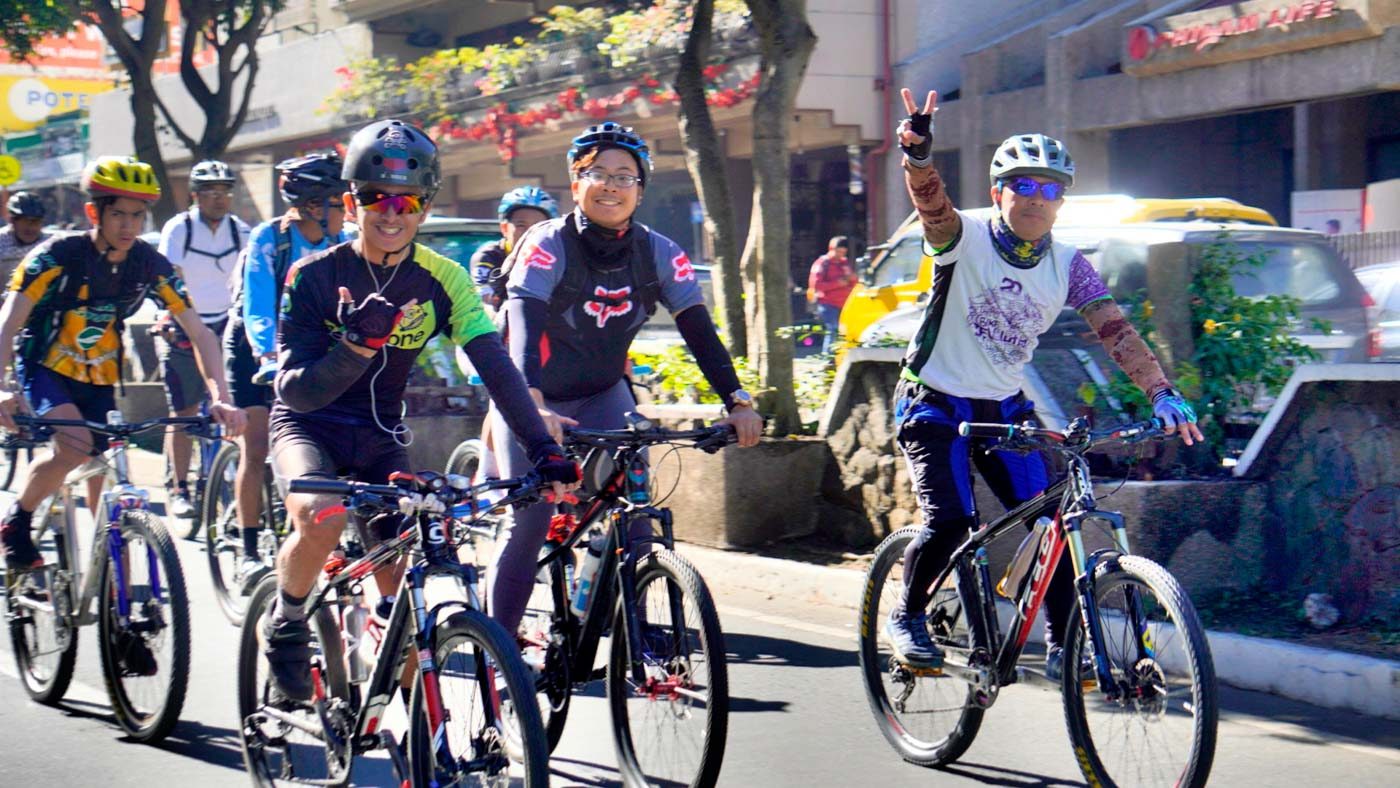SUMMARY
This is AI generated summarization, which may have errors. For context, always refer to the full article.

MANILA, Philippines – Since the use of bicycles will be allowed in more areas after May 16, the Department of Transportation (DOTr) urged local government units (LGUs) to enable safer biking.
The government announced that Metro Manila, Laguna, and Cebu City will be under the modified enhanced community quarantine (MECQ) starting May 16. (READ: EXPLAINER: What’s modified ECQ and modified GCQ?)
While public transportation is allowed in areas under general community quarantine, those under MECQ will still have limited options for mobility. Private shuttles will be allowed for essential work and services, but public transportation will still be prohibited. However, motorcycles, bicycles, and e-scooters will be allowed with only one rider.
It is up to LGUs to make biking a more viable option for their constituents.
“What DOTr is pushing is for the LGUs to develop more facilities to make biking safer, and for them to craft ordinances to encourage biking, requiring bike racks, lockers, [among] others,” Transportation Assistant Secretary Goddes Libiran told Rappler.
Libiran added that the DOTr, the Department of the Interior and Local Government, the Department of Health, and the Department of Public Works and Highways are drafting guidelines for the use and promotion of active transport during and after the pandemic. She did not specify a date for its release.
Some LGUs have taken the initiative to adopt policies to make their areas more bike-friendly. For one, the Baguio City council approved a resolution that encourages residents to use bicycles until public transport operations return to normal. As such, in Baguio City, bike shops were included in the essential business establishments allowed to open amid the ECQ.
Meanwhile, the city government of Pasig declared biking an essential form of transportation. This allows bicycle shops to open and enables the repair, rehabilitation, and upgrade of bicycle infrastructure, which includes degraded roads, protected lanes, unprotected lanes, and intersections.
It also provides for accessible pedestrian infrastructure. The city government will evaluate areas of major pedestrian traffic and public transportation interchange to ensure that walking remains a viable mode of transportation for the city’s residents.(READ: Your guide to cycling in the city)
With the proper policies in place, more people may view biking as an alternate mode of transportation. – Rappler.com
Add a comment
How does this make you feel?
There are no comments yet. Add your comment to start the conversation.